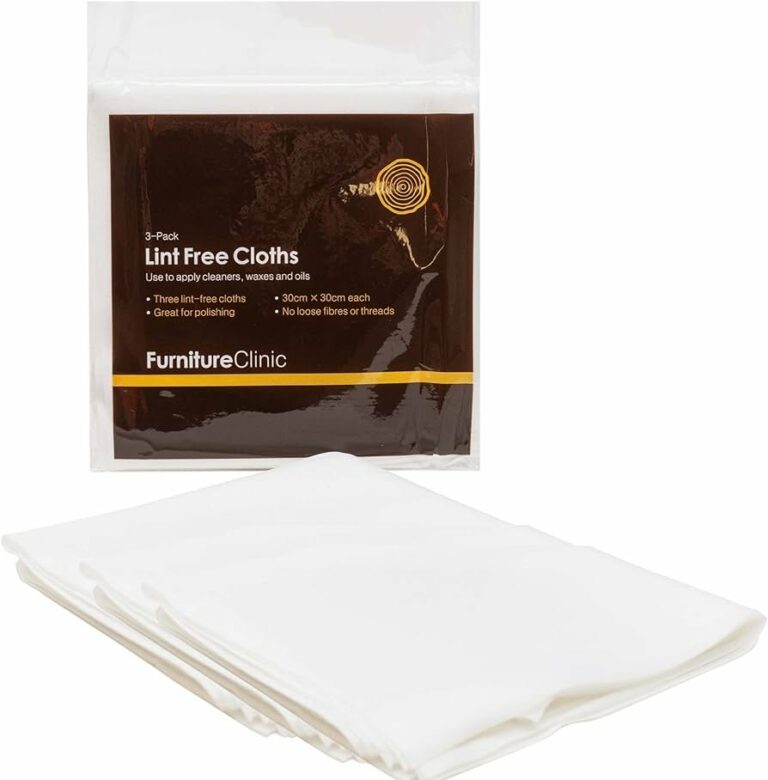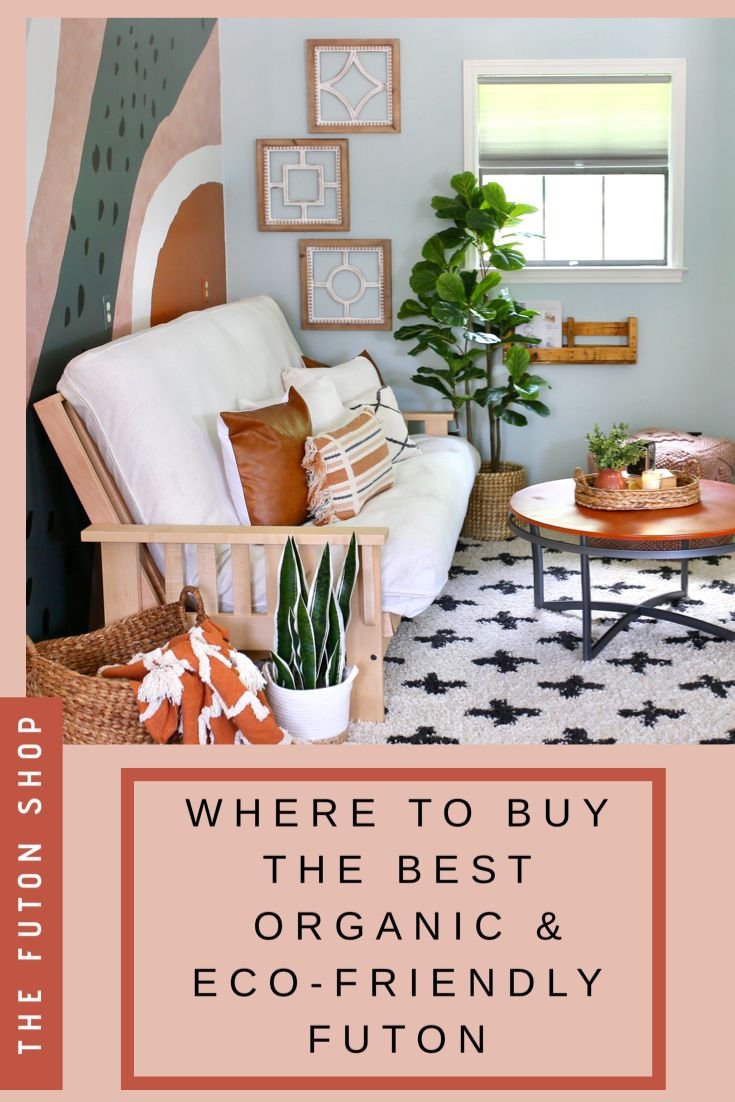Discover Eco-Friendly Fade-Resistant Outdoor Furniture
Today we discuss Eco-Friendly Fade-Resistant Outdoor Furniture. Looking for eco-friendly furniture that can withstand the harsh outdoor elements without losing its vibrant color? You’ve come to the right place. Finding durable, fade-resistant furniture for your outdoor seating areas can be a daunting task, but fear not! We have the solution for you.
In this article, we will guide you through the process of selecting eco-friendly furniture that not only helps protect the environment but also maintains its beauty even under the scorching sun. So, let’s delve into the world of sustainable and fade-resistant outdoor furniture and learn how to find the perfect pieces for your seating areas.
Eco-Friendly Fade-Resistant Outdoor Furniture:
Outdoor seating areas are a great place to relax, entertain, and enjoy nature. However, the furniture used in these spaces must withstand the harsh outdoor elements, especially fading caused by the sun’s UV rays. Finding eco-friendly furniture that is resistant to fading can be a challenge, but it is not impossible. In this article, we will explore various tips and factors to consider when searching for eco-friendly furniture that will stay vibrant and beautiful in your outdoor seating areas.
1. Understanding Fading Causes and Effects
Before diving into how to find eco-friendly furniture that resists fading, let’s first understand why fading occurs and its impact on outdoor furniture. UV radiation from the sun is the primary cause of fading, and it can lead to discoloration, loss of vibrancy, and deterioration of materials over time. Exposure to other environmental factors like moisture, heat, and pollutants can further accelerate fading. By recognizing these causes and effects, you can make informed decisions when choosing fade-resistant furniture.
UV-Resistant Materials:
When selecting eco-friendly furniture, prioritize materials that are specifically designed to resist UV damage. Some common UV-resistant materials for outdoor furniture include:
- Teak wood
- Aluminum
- High-density polyethylene (HDPE)
- Wrought iron
- Stainless steel
- Recycled plastic
These materials have natural or treated properties that help them withstand the sun’s UV rays, minimizing fading risks and ensuring longevity.
Fabric Considerations:
If your outdoor seating includes cushions or upholstery, consider the fabric used. Look for fabric that is UV-resistant and fade-resistant. Some popular fade-resistant outdoor fabric options include:
- Acrylic
- Sunbrella
- Olefin
- Polyester
These fabrics are specially designed to resist fading, mold, and moisture, making them ideal for outdoor use. Ensure that the fabric is also eco-friendly by checking if it is made from recycled or sustainable materials.
2. Researching Eco-Friendly Furniture Brands
Certifications and Standards:
When searching for eco-friendly furniture, look for certifications and standards that indicate sustainability and environmental responsibility. Some notable certifications to consider include:
- Forest Stewardship Council (FSC) certification for wooden furniture
- GreenGuard certification for low emission of volatile organic compounds (VOCs)
- Global Organic Textile Standard (GOTS) for eco-friendly fabrics
- Cradle to Cradle certification for products designed for recyclability
These certifications ensure that the furniture has been manufactured with eco-friendly practices and materials.
Transparent Supply Chain and Materials:
Research and choose brands that are transparent about their supply chain and materials. Look for brands that prioritize sustainable sourcing, use recycled or recyclable materials, and communicate their commitment to reducing environmental impact. This information can usually be found on the brand’s website or in their product specifications.
Customer Reviews and Ratings:
Another valuable source of information about eco-friendly furniture brands is customer reviews and ratings. Reading about other customers’ experiences can help you assess the quality, durability, and fade resistance of different furniture options. Look for specific feedback on how well the furniture withstands UV exposure and the fading resistance over time.
3. Evaluating Construction and Finishing Techniques
Solid Construction Methods:
Choose furniture with solid construction methods that ensure durability and resistance to fading. Look for features like:
- Reinforced joints
- Sturdy frames
- Rust-resistant hardware
These construction elements contribute to the longevity and fade resistance of outdoor furniture.
Protective Finishes:
Furniture with protective finishes can offer an additional layer of defense against fading caused by UV exposure. Look for furniture that has been treated with weather-resistant coatings, such as UV-protective sealants, powder coatings, or outdoor-specific paints. These finishes help shield the furniture from the sun’s harmful rays, preserving its color and vibrancy.
4. Maintenance and Care
Cleaning and Protection:
Regular cleaning and protection are essential for maintaining the fade resistance of outdoor furniture. Follow the manufacturer’s recommendations for cleaning and use appropriate protective products, such as fabric guards or wood sealants. Additionally, consider covering or storing the furniture during long periods of non-use or extreme weather conditions.
Avoiding Direct Sunlight:
While UV-resistant materials and protective finishes help combat fading, avoiding direct sunlight whenever possible can further prolong the lifespan of outdoor furniture. Consider placing the furniture in shaded areas or using umbrellas or canopies for extra protection.
5. Balancing Aesthetics and Functionality
When choosing eco-friendly furniture that is resistant to fading, it is crucial to consider both aesthetics and functionality. Outdoor furniture should not only withstand fading but also complement the overall design of your outdoor seating area. Look for furniture that aligns with your style preferences while ensuring it meets all the necessary fade-resistant and eco-friendly criteria.
Color and Pattern Options:
Fade-resistant furniture comes in a variety of color and pattern options, allowing you to personalize your outdoor space while maintaining longevity. Opt for colors and patterns that are less prone to showing fading effects, such as earth tones or subtle designs.
Versatile and Multi-functional Designs:
Consider furniture designs that offer versatility and multi-functional features. This allows you to adapt the furniture for different occasions or make the most of your outdoor space. Look for options like modular seating, foldable tables, or convertible pieces that provide flexibility and maximize functionality.
Faqs for Eco-Friendly Fade-Resistant Outdoor Furniture:
How can I find eco-friendly furniture that is resistant to fading for outdoor seating areas?
1. What materials should I look for when searching for eco-friendly outdoor furniture that is resistant to fading?
To find eco-friendly furniture that is resistant to fading, look for materials such as recycled plastic, eucalyptus wood, teak, or aluminum. These materials are known for their durability and ability to withstand outdoor elements without losing color or fading.
2. Are there any specific eco-friendly certifications or labels I should look for when purchasing outdoor furniture?
Yes, when purchasing eco-friendly furniture, look for certifications or labels such as FSC (Forest Stewardship Council) certification for wood, or the GREENGUARD certification for low chemical emissions. These certifications ensure that the furniture meets specific environmental standards.
3. How can I ensure that the outdoor furniture I purchase is resistant to fading?
To ensure resistance to fading, look for furniture that has been treated or coated with UV-resistant finishes. These finishes protect the furniture from the damaging effects of sunlight and help maintain its original color for a longer period.
4. What maintenance practices should I follow to keep my outdoor furniture from fading?
To prevent fading, regularly clean your outdoor furniture using mild soap and water. Avoid using harsh chemicals or abrasive cleaning tools that can strip away the protective finishes. Additionally, consider using furniture covers when the furniture is not in use to protect it from direct sunlight.
5. Can I find eco-friendly fade-resistant outdoor furniture at affordable prices?
Yes, there are many options available in the market for eco-friendly fade-resistant outdoor furniture at various price points. Consider checking online marketplaces, local sustainable furniture stores, or even second-hand options like thrift stores or online classifieds to find affordable eco-friendly options that resist fading.
6. Are there any specific brands known for offering eco-friendly outdoor furniture that is resistant to fading?
Several brands specialize in eco-friendly outdoor furniture that is resistant to fading. Some well-known options include Polywood, Trex Outdoor Furniture, and Harmonia Living. These brands prioritize sustainability and offer a range of fade-resistant outdoor furniture options in various styles and materials.
Final Thoughts
finding eco-friendly furniture that is resistant to fading for outdoor seating areas is essential for creating a sustainable and long-lasting outdoor space. By considering materials such as recycled plastic, sustainably sourced wood, and UV-resistant fabrics, individuals can find furniture that not only minimizes environmental impact but also withstands the effects of sun exposure. Additionally, researching reputable brands and certifications, such as Forest Stewardship Council (FSC) or GREENGUARD, can help ensure the eco-friendliness and durability of the furniture. By taking these steps, individuals can enjoy outdoor seating areas that are both environmentally conscious and resistant to fading.

